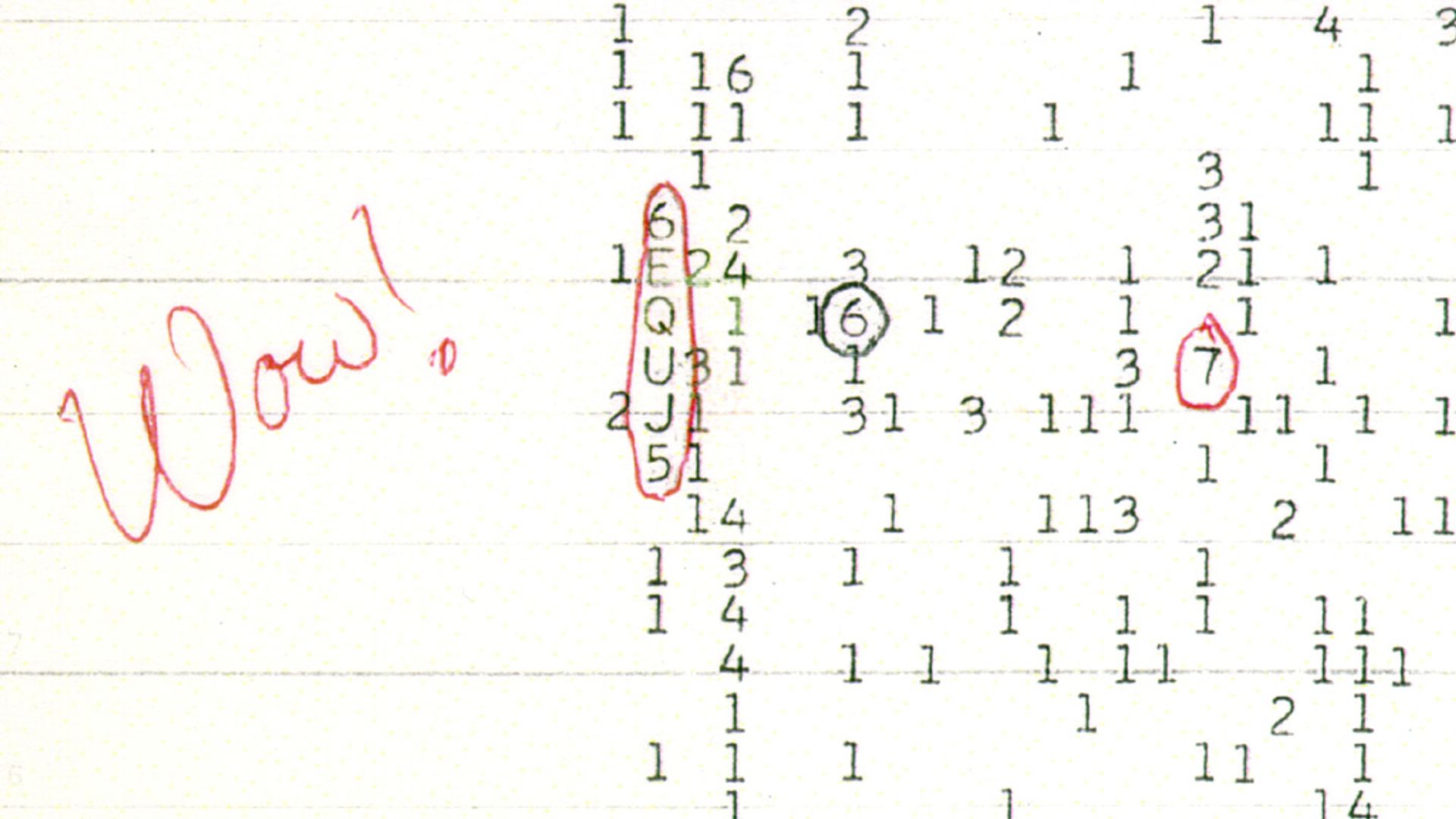

The astronomer who discovered the signal, which looked like nothing produced by normal astrophysical processes, wrote Wow! in red ink on the data printout. Siemion was referring to a famed 72-second narrowband signal observed in 1977 by a radio telescope in Ohio. Photo credit: Steve Croft, Breakthrough Listen The Green Bank Telescope, nestled in a radio-quiet valley in West Virginia, is a major listening post for Breakthrough Listen. Thats pretty amazing, because if you consider something like the Wow! signal, these are often a one-off. Its the first time where we have a technique that, if we just have one signal, potentially could allow us to intrinsically differentiate it from radio frequency interference.

I think its one of the biggest advances in radio SETI in a long time, said Andrew Siemion, principal investigator for Breakthrough Listen and director of the Berkeley SETI Research Center (BSRC), which operates the worlds longest running SETI program. It also targets thousands of individual stars in the plane of the Milky Way galaxy, which is the likely direction a civilization would beam a signal, with a particular focus on the center of the galaxy. The new technique, developed by researchers at the Breakthrough Listen project at the University of California, Berkeley, checks for evidence that the signal has actually passed through interstellar space, eliminating the possibility that the signal is mere radio interference from Earth.īreakthrough Listen, the most comprehensive SETI search anywhere, monitors the northern and southern skies with radio telescopes in search of technosignatures. Even then, the signal could be something weird produced on Earth. Such false alarms have raised and then dashed hopes since the first dedicated SETI program began in 1960.Ĭurrently, researchers vet these signals by pointing the telescope in a different place in the sky, then return a few times to the spot where the signal was originally detected to confirm it wasnt a one-off. Most of todays SETI searches are conducted by Earth-based radio telescopes, which means that any ground or satellite radio interference ranging from Starlink satellites to cellphones, microwaves and even car engines can produce a radio blip that mimics a technosignature of a civilization outside our solar system. Scientists have devised a new technique for finding and vetting possible radio signals from other civilizations in our galaxy a major advance in the search for extraterrestrial intelligence (SETI) that will significantly boost confidence in any future detection of alien life.


 0 kommentar(er)
0 kommentar(er)
